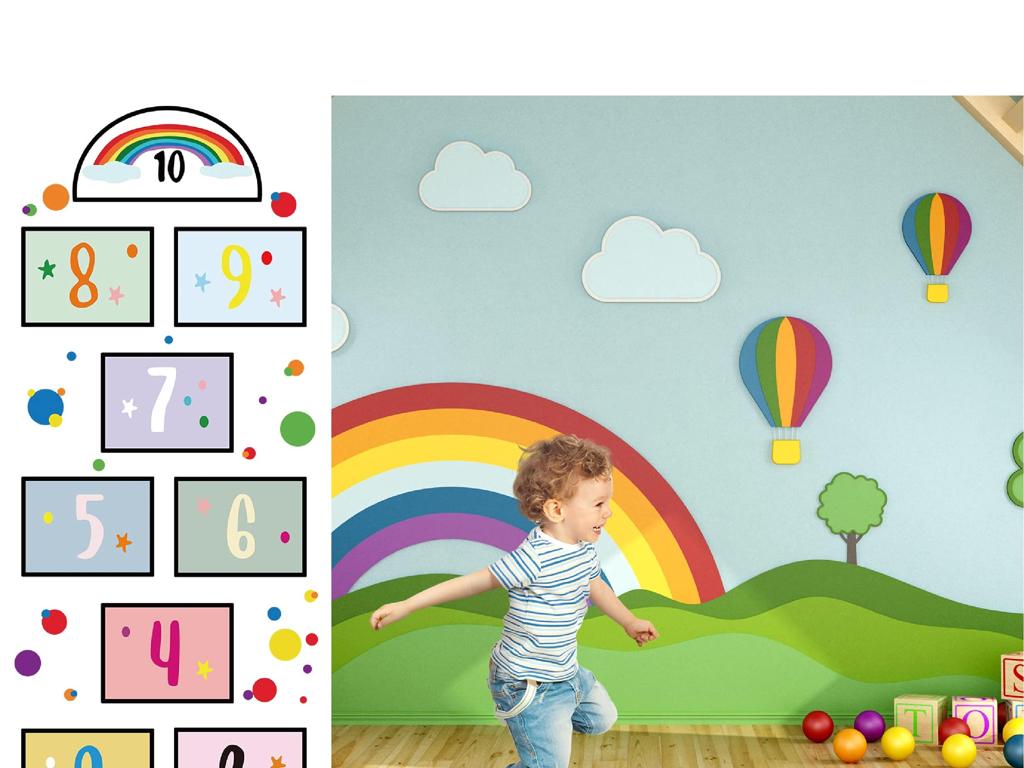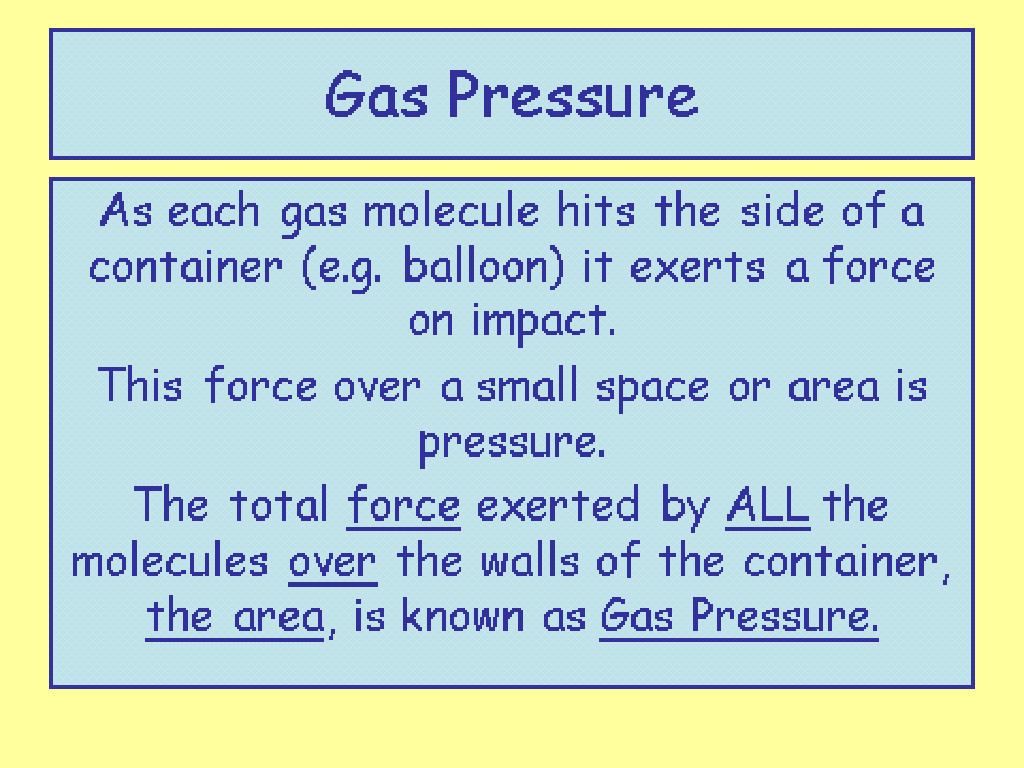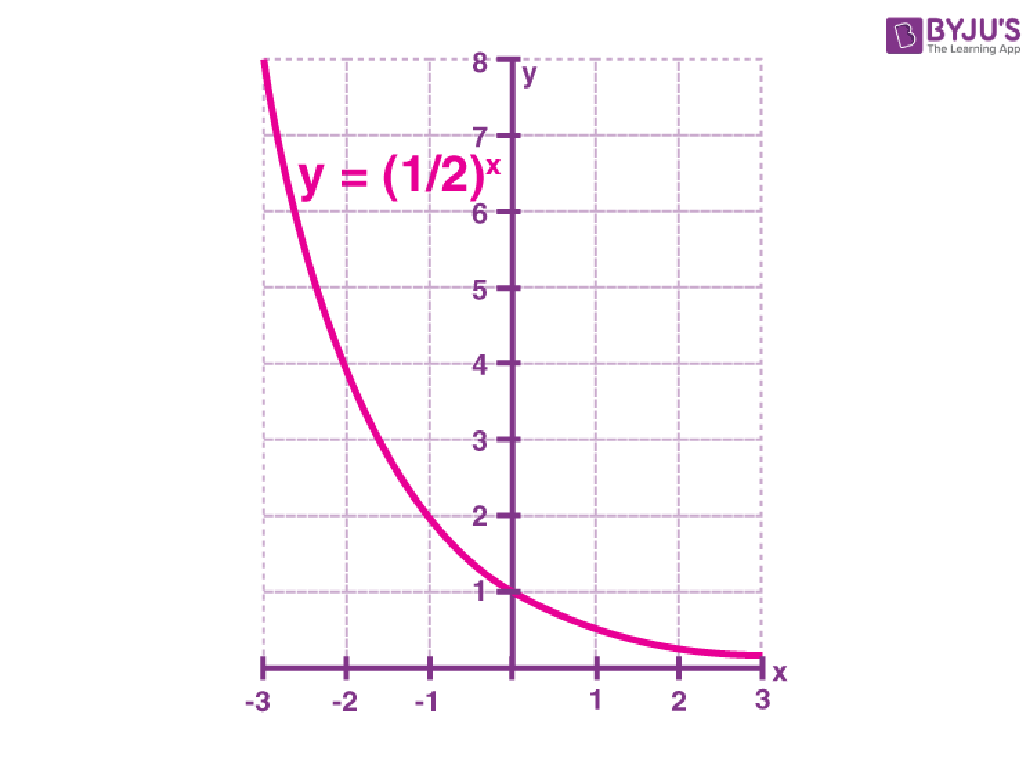Author'S Purpose
Subject: Language arts
Grade: Third grade
Topic: Theme
Please LOG IN to download the presentation. Access is available to registered users only.
View More Content
Today’s Adventure: Understanding the Author’s Purpose!
– What is an Author’s Purpose?
– It’s the reason why an author writes a story!
– Reasons authors write stories
– To inform, entertain, persuade, or share feelings
– How knowing the purpose helps us
– Helps us connect with the story and understand it better
– Examples of Author’s Purpose
– ‘The Very Hungry Caterpillar’ teaches counting & days of the week (to inform), ‘Where the Wild Things Are’ entertains
|
Begin the class by asking students if they have ever wondered why their favorite stories were written. Introduce the concept of Author’s Purpose as the reason why an author decides to write about a particular topic. Explain that authors typically write to inform, entertain, persuade, or express themselves. Discuss how understanding the author’s intention can enhance our reading experience and comprehension. Provide examples of popular children’s books and what their author’s purpose might be. Encourage students to think of their favorite book and guess the author’s purpose for the next class discussion.
Discovering the Theme
– Understanding what a theme is
– A theme is the big message or lesson of a story.
– Differentiating theme from main idea
– Main idea is what the story is about; theme is the underlying message or lesson.
– Exploring examples of themes
– Friendship, courage, and kindness are themes we might find.
– Recognizing themes in stories
– As we read, we look for clues to uncover the theme.
|
This slide introduces the concept of ‘theme’ in literature, which is an essential element in understanding the deeper meanings of stories. It’s important to clarify to third graders that while the main idea is the central point or summary of a story, the theme is the underlying message or moral that the author wants to convey. Use familiar stories to illustrate common themes, such as the importance of friendship in ‘Charlotte’s Web’ or the theme of courage in ‘The Wizard of Oz.’ Encourage students to think about what the characters learn and how they change throughout the story to help identify the theme. Provide guidance on how to look for themes by considering the challenges characters face and the resolutions they find.
Understanding the Author’s Purpose
– To Entertain: Enjoyable stories
– Think of a funny book or a fairy tale
– To Inform: Teaching with facts
– Like a textbook or a ‘How to’ article
– To Persuade: Convincing opinions
– Advertisements or a letter asking for something
– Recognizing the purpose in texts
|
This slide introduces students to the concept of the author’s purpose, which is a key element in understanding and analyzing texts. Authors write with different intentions: to entertain, to inform, or to persuade their readers. Use examples familiar to third graders, such as their favorite storybooks for entertainment, classroom textbooks for information, and examples of persuasion like advertisements or a letter to parents asking for a pet. Encourage students to think about what the author is trying to do with the text they are reading. Is it to make them laugh, teach them something new, or to convince them of a certain viewpoint? Understanding this will enhance their comprehension and critical thinking skills when reading various texts.
Identifying the Author’s Purpose
– Clues in text reveal purpose
– Look for words that hint at why the author wrote the passage.
– Signal words show intent
– Words like ‘because’, ‘so that’, and ‘in order to’ can signal intent.
– Practice with example sentences
– ‘The cat curled up to stay warm.’ Why did the author say this?
– Guess why the author wrote them
|
This slide aims to teach students how to determine why an author wrote a text. Start by explaining that authors write with different purposes: to inform, persuade, entertain, or explain something. Show students how to find clues within the text, such as the tone, word choice, and context, that suggest the author’s intent. Highlight signal words that often indicate purpose. Engage the class with practice sentences and ask them to guess the author’s purpose, discussing as a group. This interactive approach helps students apply the concept of author’s purpose to their reading.
Exploring the Author’s Purpose
– Review familiar book examples
– Discuss possible author purposes
– Is the author telling a story, giving information, or trying to persuade?
– Group activity with book excerpts
– Work together to find clues about why the author wrote the passage.
– Understand reasons behind stories
– Authors write to entertain, inform, persuade, or share feelings.
|
Begin the slide by revisiting books that the students are already familiar with. This will help them feel more comfortable and engaged. Open a discussion on what the students think the author’s purpose might be for writing those books. For the group activity, provide excerpts from books and ask the students to identify the author’s purpose. This could be to entertain with a funny story, to inform with facts, to persuade the reader to believe something, or to express thoughts and feelings. Make sure to explain that authors may have more than one purpose and that context clues in the text can help us figure out their main intent. Encourage students to think critically about the texts and to discuss their ideas with their peers. The activity will help reinforce their understanding of the concept of author’s purpose.
Your Turn to be the Author!
– Write sentences with a purpose
– Write sentences to inform, persuade, entertain, or explain
– Share with the class
– Take turns reading your sentences aloud
– Can friends guess the purpose?
– Listen to each sentence and guess the writer’s goal
– Understanding author’s intent
|
In this activity, students will apply their understanding of an author’s purpose by creating their own sentences with distinct purposes. Encourage them to think about whether they want to inform with a fact, persuade with an opinion, entertain with a story, or explain with instructions. After writing, they’ll share their sentences with classmates, who will try to identify the purpose behind each one. This interactive exercise not only reinforces the concept of author’s purpose but also enhances students’ critical thinking and public speaking skills. Provide guidance on how to construct sentences for different purposes and facilitate the sharing session to ensure a supportive environment where every student feels comfortable participating.
Purpose Scavenger Hunt Activity
– Search for ‘Entertain’ in books
– Find a story that makes you laugh or feel excited
– Find ‘Inform’ examples
– Locate a book with facts and real information
– Look for ‘Persuade’ in texts
– Choose a text that tries to convince you of something
– Team presentations
|
This class activity is designed to help students understand the author’s purpose in a fun and interactive way. Divide the class into small teams and assign each team to find examples of texts that entertain, inform, and persuade from the classroom library. Provide guidance on how to identify each purpose: ‘Entertain’ could be a story or a book with a lot of fun elements, ‘Inform’ would be a non-fiction book or a text that teaches something, and ‘Persuade’ might be a text that tries to get the reader to do or believe something. After the scavenger hunt, each team will present their findings to the class, explaining why they chose each book and how it fits the author’s purpose. This will not only reinforce their understanding of the concept but also enhance their teamwork and presentation skills.
Understanding the Author’s Purpose
– Why know the author’s purpose?
It helps us see why a story was written.
– Improves reading comprehension
Knowing the purpose makes us better readers.
– Reflect on today’s lesson
– Apply what we’ve learned
Let’s use our knowledge in our next book!
|
This slide aims to wrap up the lesson by reflecting on the importance of understanding the author’s purpose. It’s crucial for students to grasp that an author’s purpose can be to inform, entertain, persuade, or express feelings. Recognizing this helps readers to better connect with the material, ask relevant questions, and improve critical thinking skills. A quick recap of the lesson will reinforce the key points, and students should be encouraged to apply this understanding to every new book they read. This will not only enhance their reading experience but also help them to become more thoughtful and engaged readers.





